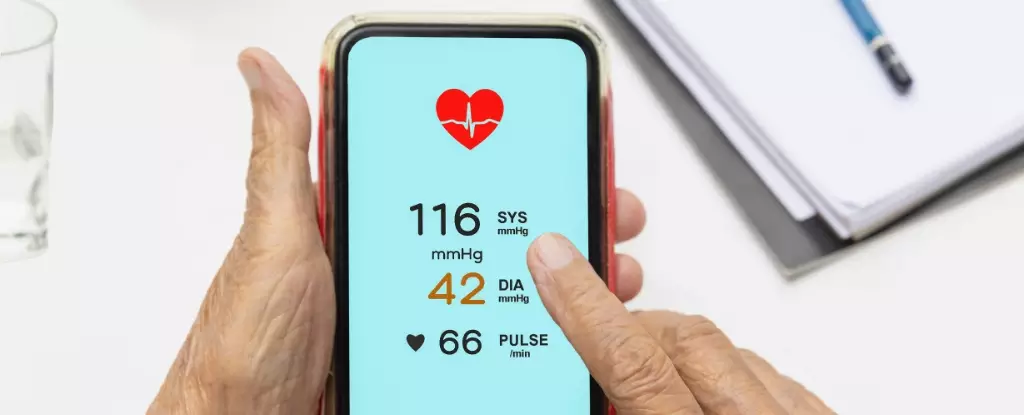High blood pressure, commonly known as hypertension, poses significant health risks, as it can lead to critical conditions like heart disease and kidney failure. Alarmingly, hypertension often goes undiagnosed, impacting millions who are unaware of their condition. Despite its prevalence, access to regular blood pressure monitoring remains a challenge, particularly in underprivileged populations. This gap in healthcare access has spurred innovation, particularly the recent development of a groundbreaking Android app by researchers at the University of Pittsburgh that promises to transform how individuals monitor their arterial pressure.
The newly designed app allows users to estimate their blood pressure remotely by utilizing the built-in sensors of their smartphones, including the accelerometer, camera, and touch screen. This approach eliminates the need for traditional blood pressure cuffs or frequent doctor visits. For millions of individuals, access to healthcare can be limited—especially among those without regular access to medical appointments or specialized equipment. As biomedical engineer Ramakrishna Mukkamala aptly pointed out, smartphones provide a unique opportunity to tap into technology that many already carry in their pockets, which can be life-changing for underserved populations.
###
Traditionally, blood pressure measurement relies on a sphygmomanometer, a device that requires a physical cuff to apply pressure to the artery. As the cuff inflates, it constricts circulation, and as it deflates, doctors can observe changes in blood flow using either pressure readings or a stethoscope to listen to heartbeats. These methods yield two critical indicators: systolic pressure, indicating the force during heartbeats, and diastolic pressure, reflecting the relaxation phase of the heart. Generally, a systolic reading above 130 mm Hg is considered concerning, warranting further monitoring. However, accessibility to such technology is often limited or lacking in lower-income areas.
Instead of exerting pressure like a conventional cuff, the app cleverly uses gravity and user engagement to gather data. Users are instructed to manipulate their hand positions and apply specific touch patterns on the screen to obtain pulse pressure readings. This innovative method capitalizes on the hydrostatic pressure changes that occur when the user’s hands are elevated. Vishaal Dhamotharan, a biomedical engineer involved in the project, elaborates that this unique approach allows the app to translate these physical movements into meaningful medical data. By analyzing the force exerted through touch and the relative positioning of the hand, the app offers a newly interpreted way to monitor blood pressure.
Initial tests involving 24 participants demonstrate that the application successfully estimates pulse pressure within an accuracy range of approximately 8 mm Hg when referenced against a larger database of readings. As ongoing development progresses, researchers anticipate enhancements in the app’s precision and reliability. It is crucial, however, to change public perception and understanding about pulse pressure as an indicator of overall blood pressure health. The challenges of convincing users to adopt this new measurement methodology will need to be addressed to fully realize the app’s potential.
The pursuit of a cuffless blood pressure measuring device that does not require external calibration could potentially bridge the gaps in healthcare access and affordability. As Sanjeev Shroff from the University of Pittsburgh notes, such a device remains elusive in the current landscape. However, this app represents a significant stride towards democratizing health monitoring; if this technological innovation becomes mainstream, it could empower individuals, particularly in under-resourced communities, to take proactive steps in managing their health.
The development of this smartphone app signifies a shift in how we might approach personal healthcare in the future. By leveraging household technology, countless individuals may gain access to vital health information, paving the way for early detection and management of hypertension, ultimately promoting a healthier society.

